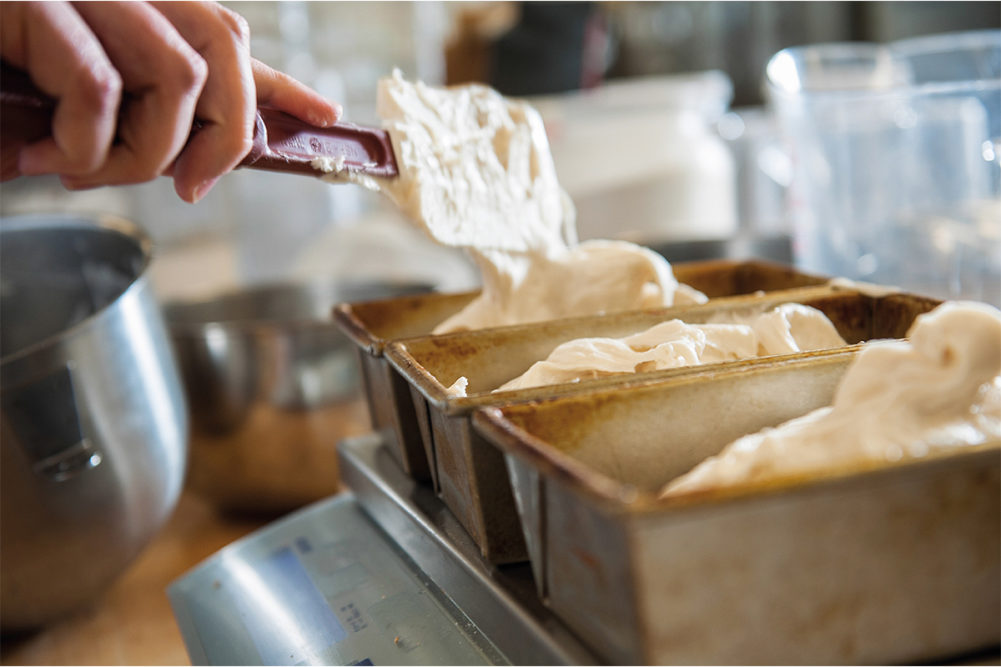Gums and hydrocolloids bring a lot of functionality to any formulation, but the stability they contribute establishes the foundation for many of those benefits. Whether it’s a cake, muffin, bread, filling, sweet dough, icing or even gluten-free applications, gums and hydrocolloids strengthen the structure.
“Gums and hydrocolloids help control dough rheology and batter viscosity, making them more stable by their inherent gelling ability and water-holding capacity,” said Peggy Dantuma, business development director, bakery, Kerry North America.
This can have benefits that go beyond texture consistency.
“Enhanced shelf life and microwave reheating of fully baked items are greatly improved when using the correct gum,” she said. “Refrigerated batters also benefit from hydrocolloids to prevent syneresis.”
The stability these ingredients provide comes with many added benefits, but that’s also because there are a lot of gums and hydrocolloids to choose from. Each one brings different capabilities and needs to the table.
“There are different types and sources of hydrocolloids, which differ in their molecular components, functional groups and physical structure,” said Becky Regan, PhD, principal application scientist, sweet goods bakery applications at IFF — Nourish Division. “This results in varied and unique functionalities, which provide the baker with a wide range of options. Some hydrocolloids have a single role in baked products while others have multiple functionalities. Additionally, certain hydrocolloids exhibit additive or synergistic effects when used in combination with other ingredients.”
Choosing the right ingredient depends on the product, processes and the function needed to create a formulation that is stable and consistent.
This article is an excerpt from the November 2021 issue of Baking & Snack. To read the entire feature on Gums & Texture, click here.






